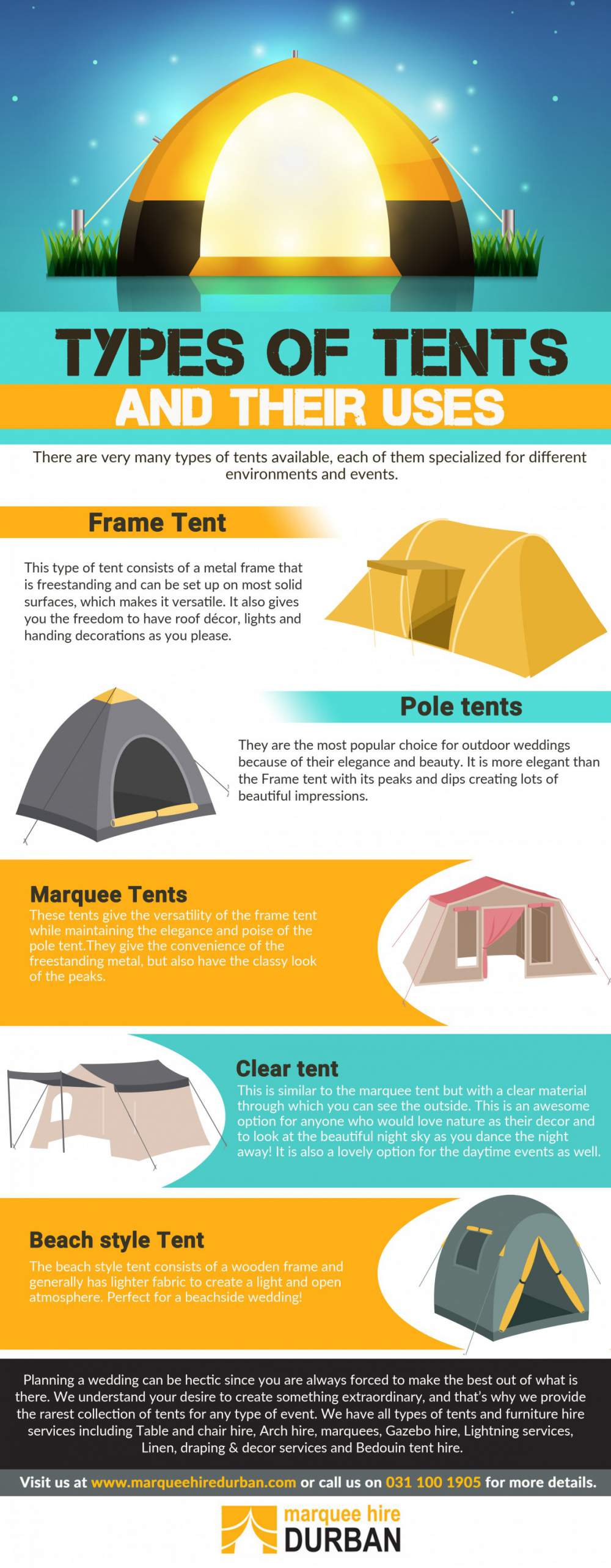A stove jack is a need for risk-free tent stove usage, keeping everything from cold air to fire embers out of your canvas outdoor tents. Nonetheless, inaccurately suitable one can lead to tent fires and carbon monoxide poisoning, so it is necessary to comprehend the most usual errors campers make when mounting stove jacks before camping!
Replacement
An oven jack is among the most vital items of camping tent outdoor camping devices. Not only do they maintain the smoke out of your outdoor tents, yet they likewise stop a range of safety risks consisting of outdoor tents fires and carbon monoxide poisoning. Yet, it's simple to make errors in sizing and installing an oven jack. Thankfully, by understanding some of one of the most common camper mistakes you can find out to prevent them and ensure your stove jack is properly fitted to your outdoor tents for family tent secure, comfy outdoor camping. Keep reading to find out more.
What Is an Outdoor Tents Stove Jack?
Basically, a range jack is a hole that beings in the floor of your tent to suit your camp stove's smokeshaft pipeline. It's vital for keeping every little thing from cool air to rainfall and snow out of your tent.
Examination
When appropriately sized and mounted, a cooktop jack is the best means to securely vent your wood-burning tent oven while keeping cold air, rain, snow, bugs, and creosote from entering your wall outdoor tents. However numerous campers fight with the installment procedure, and a cooktop jack that isn't fitted correctly can be hazardous. Oven jacks need to be placed at a safe range from the outdoor tents walls, and the opening needs to be centered to offer an even spread out of warmth throughout the interior. Additionally, a void in between the cooktop pipeline and flue pipe is a fire risk, and can enable carbon monoxide gas to enter your home. A WETT evaluation from a qualified professional is important for your safety, and lots of insurance carriers require it prior to offering insurance coverage.
A WETT examination look for possible fire risks, carbon monoxide gas poisoning threats, and structural damages. It follows strict standards established by the Timber Power Technology Transfer (WETT) organization to maintain Canadians secure and effective with their wood-burning appliances.
